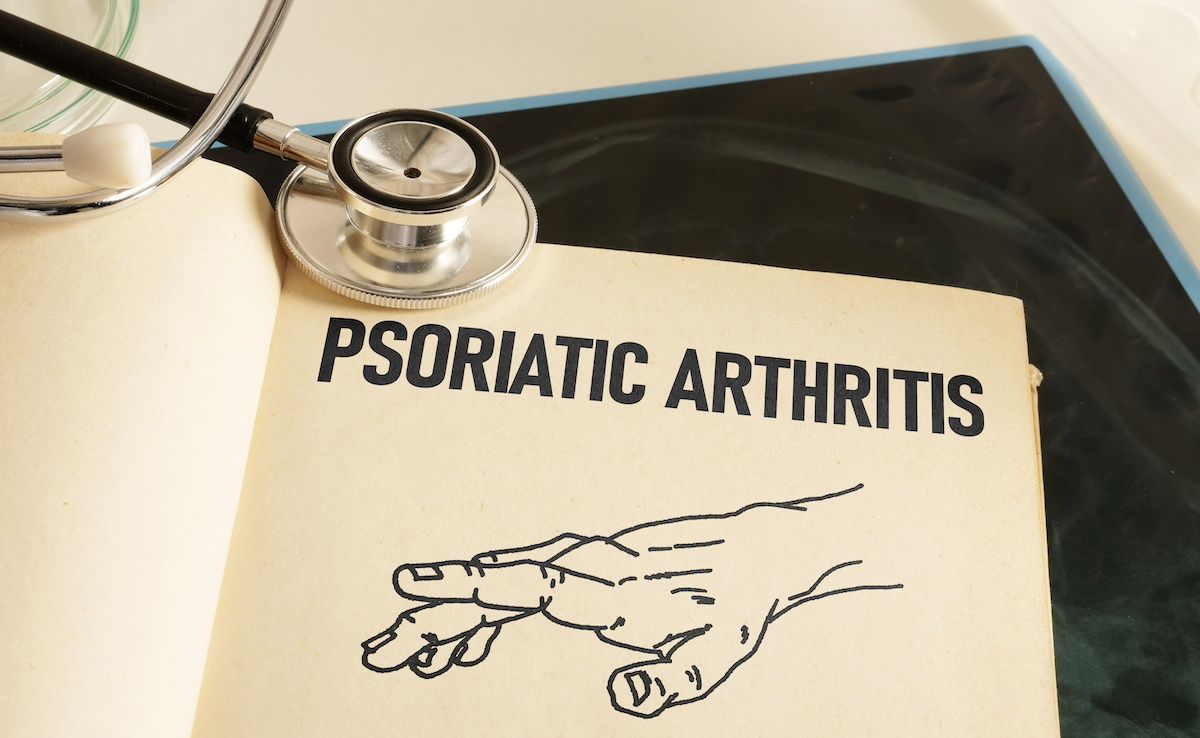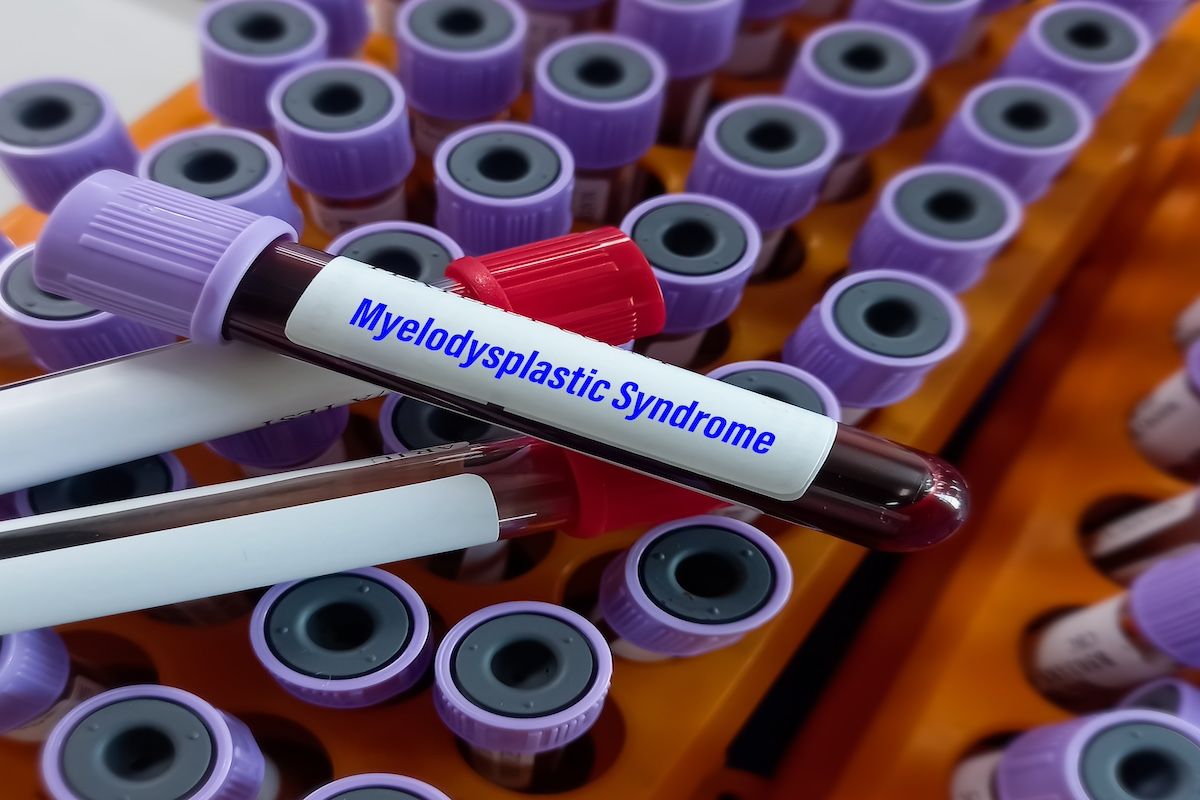Article
Shire Presents Data on Efficacy of Mydayis, Unmet Need for Adults With ADHD
Author(s):
A survey of patients with ADHD showed that two-thirds of those who augment their morning medication do so because it stops working, and 42% have to plan their day around their medication fading.
Mydayis’ debut this weekend at the 30th US Psychiatric and Mental Health Congress in New Orleans, Louisiana, came after more than a decade of studies for the treatment for attention deficit hyperactivity disorder (ADHD). During the meeting, Shire PLC presented consolidated data involving adults aged 18 to 55 years; in June, FDA approved the drug for patients as young as 13.
The drug has the same active ingredient as Adderall XR, but works up to 16 hours through a 3-bead technology that releases amphetamine in the stomach and at points in the small intestine over several hours.
A poster that summarized several short-term studies (4-7 weeks) of Mydayis (mixed amphetamine salts) reported that patients scored significantly higher on the ADHD Rating Scale compared with placebo across doses from 12.5 mg to 75 mg.1 Mydayis will be sold in doses of 12.5 mg, 25 mg, 37.5 mg, and 50 mg.
Safety and tolerability were assessed in the short-term studies and in a 52-week study,2 and the adverse events reported across all studies by at least 5% of the subjects included insomnia, dry mouth, and decreased weight. In most cases, insomnia occurred between days 4.0 and 9.3 and resolved without a dose change.
Besides summarizing its safety and efficacy data, Shire also presented studies to show why some patients need a treatment that lasts up to 16 hours. An online survey led by a researcher at the University of Southern California found that of the patients with ADHD who augment their morning medication later in the day, 67% say they do so because their morning pill doesn’t last;3 42% of the patients said they have to plan their day around their medication wearing off. In yet another study, adults who manage their ADHD with multiple pills were less likely to be adherent to the regimen.4
These are the patients who might benefit from Mydayis, said Manisha Madhoo, MD, vice president for Global Medical Affairs, Shire.
“In the real world, the data show they are using more than one prescription per day,” she said. Some patients use an extended release prescription followed by an immediate release drug, while others may use 3 prescriptions. Either way, “there’s an unmet need” if patients are taking these combinations, Madhoo said, because they need a therapy that lasts more than 12 hours.
A therapy that would last for 16 hours would help an adult with ADHD beyond the work day, so he or she could be more effective at home or in social settings; the presence of symptoms in more than 1 setting is the hallmark of the condition and has been acknowledged in the Fifth Edition of the Diagnostic and Statistical Manual of Mental Disorders (DSM-5), released in 2013, Madhoo said.
“The recognition (of symptoms) throughout the 2 settings has really been brought to light by the DSM-5,” she said. In the past, the focus has been on whether medication could get a patient through the school or work day; today, there is a different awareness.
Patients report, “My medication is not lasting; it’s not lasting when my symptoms are most prominent,” Madhoo said.
CDC estimates that 6.4 million children between ages 4 and 17, or 11% of that population, have ADHD. It is estimated that between 40% and 60% of children with ADHD will continue to have the condition as adults.
There has been some speculation that payers will be reluctant to put Mydayis on formulary, and instead will require patients to continue with older medications, taking up to 3 pills a day. Madhoo said simply that it’s important for patients and physicians to have different options, as “Not all pharmacological treatments work for all patients,” she said.
References
1. Robertson B, Yu M, Yan B, Greenbaum M, Adler LA. Effects of SHP465 mixed amphetamine salts extended-release on patient global functioning and vital signs in adults with attention-deficit/hyperactivity disorder. Presented at the US Psychiatric and Mental Health Congress, New Orleans, Louisiana; September 16-19, 2017. Poster 119.
2. Robertson B, Yu M, Yan B, Greenbaum M, Adler LA. Efficacy and safety of SHP465 mixed amphetamine salts extended-release in adults with attention-deficit/hyperactivity disorder. Presented at the US Psychiatric and Mental Health Congress, New Orleans, Louisiana; September 16-19, 2017. Poster 120.
3. Brown TE, Flood E, Sarocco P, Atkins N, Khachatryan A. Unmet medication coverage needs among adults with attention deficit/hyperactivity disorder (ADHD). Presented at the US Psychiatric and Mental Health Congress, New Orleans, Louisiana; September 16-19, 2017. Poster 248.
4. Zhou Z, Zhou ZY, Kelkar SS, Xie J, Grebia R. Adherence and persistence on long-acting monotherapy and combination therapy among commercially insured adults with attention deficit/hyperactivity disorder (ADHD). Presented at the US Psychiatric and Mental Health Congress, New Orleans, Louisiana; September 16-19, 2017. Poster 226.

The Importance of Examining and Preventing Atrial Fibrillation

BCI Shows Promise of Personalized Endocrine Therapy in Breast Cancer



